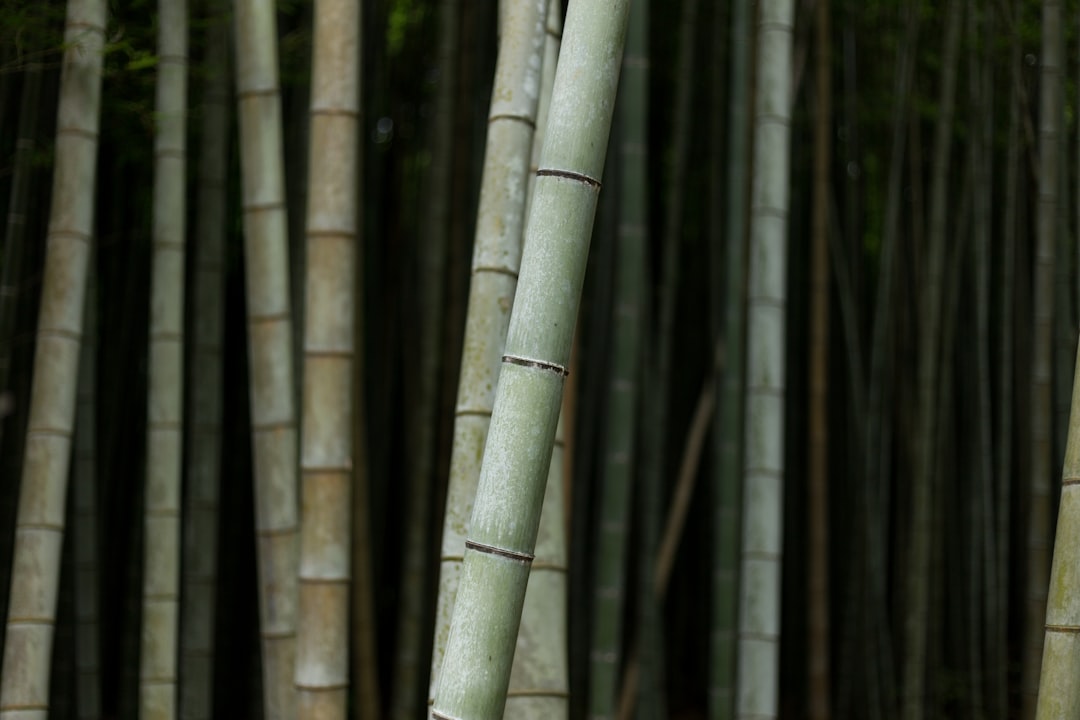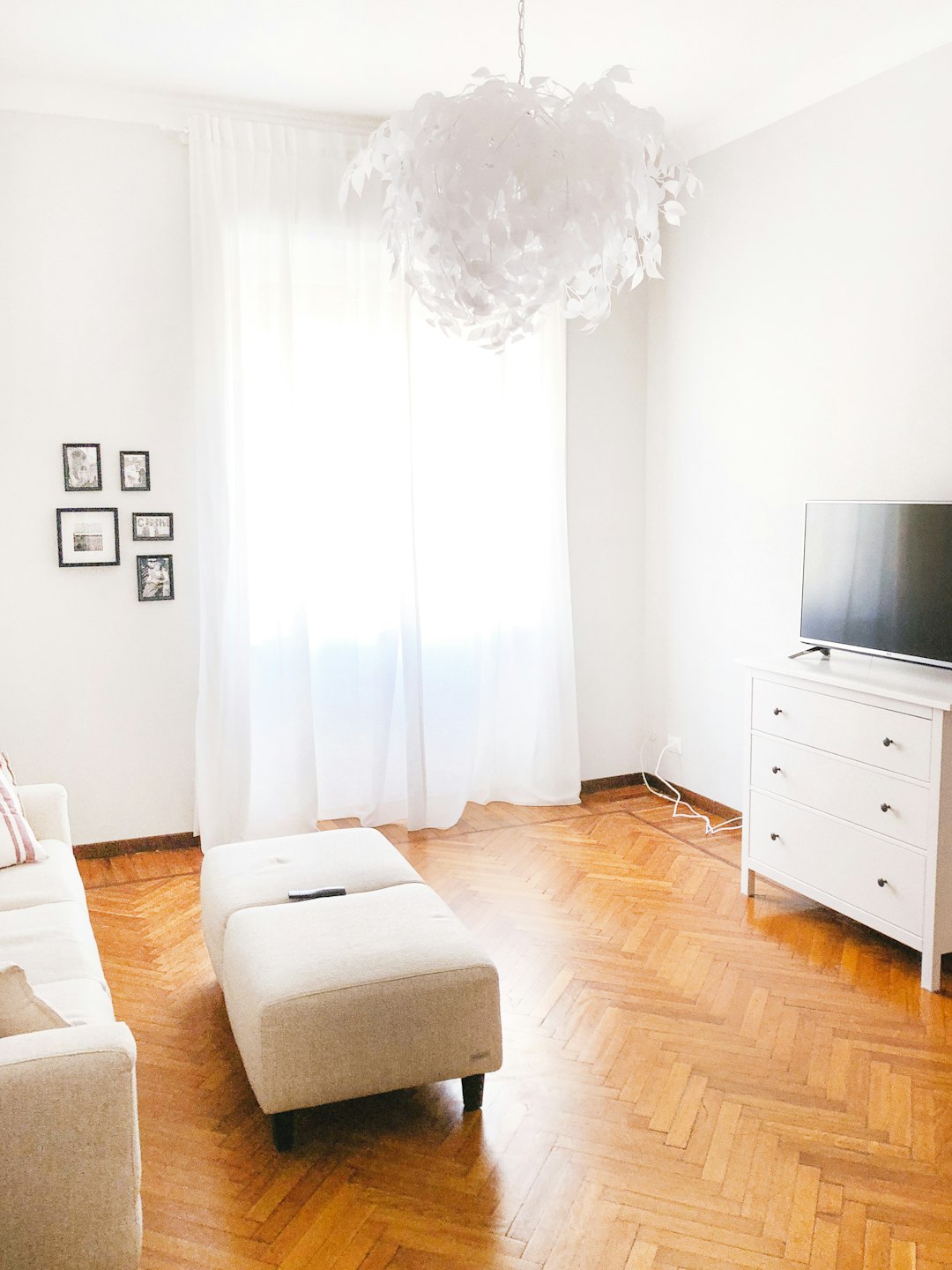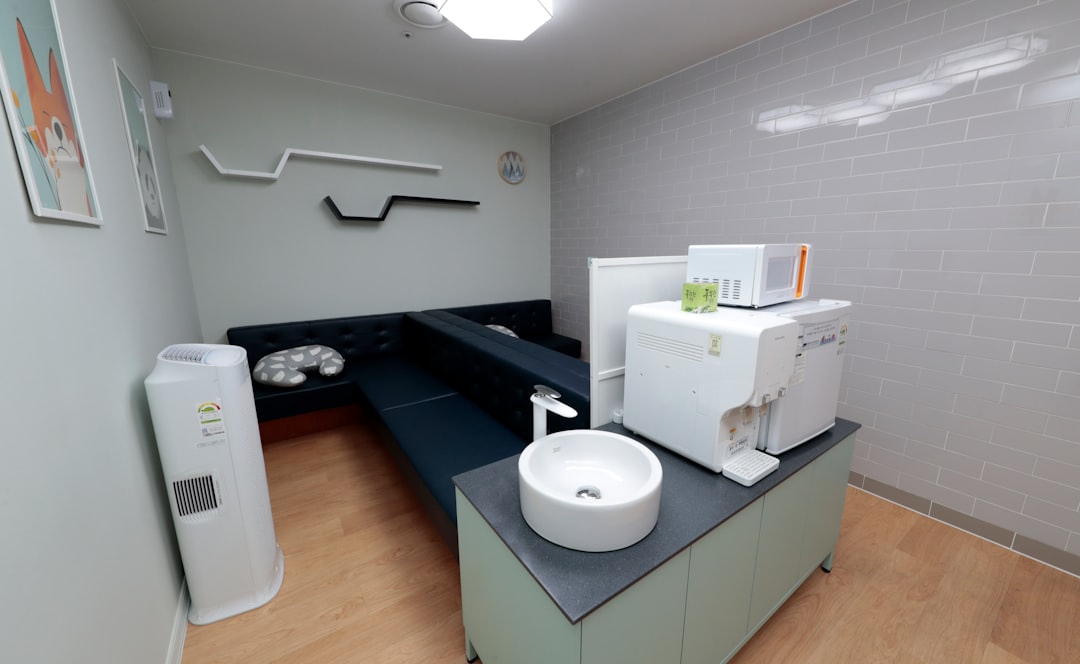Support our educational content for free when you purchase through links on our site. Learn more
The Quietest Place on Earth: Discovering True Silence [2024] 🌊
Quick Answer: The search for the quietest place on earth has led us to various environments, including deserts, forests, and artificial noise-free chambers. While the quietest place on earth is subjective and can vary depending on the criteria used, one of the most recognized locations is an anechoic chamber at Orfield Laboratories in Minneapolis, which holds the Guinness World Record for the quietest place on earth. With a background noise reading of -9.4 decibels, this chamber offers an unparalleled level of silence. However, true silence is a rare and elusive experience, and finding it requires venturing into remote natural environments where external noise disturbances are minimal. Let’s explore the quietest places on earth and the quest for true silence.
Quick Tips and Facts:
✅ The quietest place on earth is an anechoic chamber at Orfield Laboratories in Minneapolis, with a background noise reading of -9.4 decibels.
✅ True silence is subjective and can vary depending on the criteria used.
✅ Natural environments, such as deserts and forests, offer opportunities to experience relative silence.
✅ External noise disturbances, such as human activity and technological advancements, make it challenging to find complete silence.
✅ Silence has numerous benefits for mental and physical well-being, including stress reduction and improved cognitive function.
Table of Contents
- Background: The Quest for Silence
- The Quietest Places on Earth
- FAQ
- Conclusion
- Recommended Links
- Reference Links
Background: The Quest for Silence

Silence is a precious commodity in our modern, bustling world. With the constant hum of technology, traffic noise, and the general buzz of human activity, finding a moment of true silence can feel like an impossible feat. However, the search for silence has captivated scientists, explorers, and individuals seeking respite from the noise. The quest for the quietest place on earth has led us to explore various environments, from deserts and forests to artificial noise-free chambers.
The Quietest Places on Earth
1. Anechoic Chamber at Orfield Laboratories
One of the most recognized locations for silence is the anechoic chamber at Orfield Laboratories in Minneapolis. This chamber holds the Guinness World Record for the quietest place on earth, with a background noise reading of -9.4 decibels. To put this into perspective, normal speech measures around 60 decibels, while standing quietly in a concert hall drops to about 15 decibels. The threshold of hearing, the quietest sound a young adult can hear, is around 0 decibels. Stepping into the anechoic chamber is an otherworldly experience, as it absorbs sound waves and eliminates echoes, creating an environment of near-complete silence.
In this chamber, you can hear the sound of your own heartbeat, the rustling of your clothes, and even the movement of your internal organs. It’s a stark reminder of how much noise surrounds us in our daily lives. However, even in this chamber, true silence is elusive. The human body generates its own sounds, such as the rushing of blood and the movement of muscles, which can be perceived in the absence of external noise.
2. Hoh Rainforest: One Square Inch of Silence
While man-made chambers like the one at Orfield Laboratories offer controlled environments for silence, natural environments also provide opportunities to experience relative silence. One such place is the Hoh Rainforest in Washington state, where Gordon Hempton, an acoustic ecologist, established “One Square Inch of Silence.” This designated area aims to preserve natural silence and protect it from human-made noise pollution.
The Hoh Rainforest is known for its lush greenery, towering trees, and tranquil atmosphere. It is a place where you can immerse yourself in the sounds of nature, from the gentle rustling of leaves to the melodic chirping of birds. While it may not offer complete silence, the Hoh Rainforest provides a respite from the noise of urban life and allows you to reconnect with the natural world.
3. The Desert: Nature’s Silent Oasis
Deserts are often associated with vast open spaces and a sense of solitude. These arid landscapes offer a unique opportunity to experience silence in its purest form. With minimal vegetation and human activity, deserts provide a quietude that is hard to find elsewhere. The absence of external noise disturbances allows you to appreciate the subtle sounds of the desert, such as the soft whisper of wind, the crunch of sand beneath your feet, and the occasional call of a desert-dwelling creature.
One notable desert known for its silence is the Uyuni Salt Flats in Bolivia. This expansive salt desert stretches as far as the eye can see, creating a serene and tranquil environment. Standing in the middle of the salt flats, you can feel a sense of stillness and peace that is rare in our fast-paced world.
4. The Ocean Depths: Silent Serenity
While the ocean may seem like a noisy environment with crashing waves and marine life, the depths of the ocean offer a different kind of silence. As you descend into the abyss, the pressure of the water dampens sound waves, creating a serene and silent world. In the deep ocean, you can experience a profound sense of tranquility as you float weightlessly in the water, surrounded by darkness and silence.
The Mariana Trench, located in the western Pacific Ocean, is the deepest part of the world’s oceans. Descending into the Mariana Trench is like entering another realm, where the only sounds you may hear are the gentle creaking of your diving equipment and the rhythmic beating of your own heart. It’s a place where you can disconnect from the noise of the surface world and embrace the peace of the underwater realm.
5. Underground Caves: Subterranean Silence
Exploring underground caves offers a unique opportunity to experience silence in a hidden world beneath the surface. These natural formations, carved out over thousands of years, provide a haven of tranquility away from the noise of the outside world. As you venture deeper into the cave, the sound of your footsteps becomes muffled, and the silence envelops you.
One notable cave known for its silence is the Krubera Cave in Georgia. This cave holds the record for being the deepest known cave on earth, reaching a depth of over 7,200 feet. As you descend into the depths of the Krubera Cave, you enter a realm of darkness and silence, where the only sounds you may hear are the echoes of your own breath and the occasional drip of water. It’s a place where you can disconnect from the noise of the surface world and immerse yourself in the stillness of the underground.
FAQ

Where is the quietest place on earth?
The quietest place on earth is subjective and can vary depending on the criteria used. However, one of the most recognized locations for silence is the anechoic chamber at Orfield Laboratories in Minneapolis, which holds the Guinness World Record for the quietest place on earth with a background noise reading of -9.4 decibels.
Can you survive in the quietest place on earth?
Yes, you can survive in the quietest place on earth, such as the anechoic chamber at Orfield Laboratories. However, prolonged exposure to complete silence can have psychological effects, as the absence of external noise can lead to sensory deprivation. It’s important to strike a balance between moments of silence and exposure to the sounds of the world around us.
Can you visit the quietest room in the world?
The anechoic chamber at Orfield Laboratories is not open to the general public for visits. It is primarily used for scientific research and testing purposes. However, there are other places, such as natural environments like deserts and forests, where you can experience relative silence and tranquility.
Read more about “The World’s Quietest Room Hallucinations …”
Where is the most silent place in the USA?
One of the quietest places in the USA is the Hoh Rainforest in Washington state. This pristine natural environment offers an escape from the noise of urban life and allows you to immerse yourself in the sounds of nature.
Read more about “… Quietest Statistics: Unveiling the Peaceful Gems of the U.S.”
Conclusion

In our quest for silence, we have explored various environments, from man-made anechoic chambers to natural landscapes. While the anechoic chamber at Orfield Laboratories holds the Guinness World Record for the quietest place on earth, true silence is a rare and elusive experience. However, in places like the Hoh Rainforest, deserts, the ocean depths, and underground caves, we can find moments of relative silence and tranquility.
Silence has numerous benefits for our mental and physical well-being. It allows us to recharge, reduce stress, and reconnect with ourselves and the natural world. While complete silence may be unattainable, incorporating moments of silence into our lives can have a profound impact on our overall well-being.
So, the next time you find yourself craving a moment of peace and quiet, consider venturing into nature or exploring the depths of your own inner silence. Embrace the power of silence and discover the beauty that lies within the quietest places on earth.
Recommended Links
- Quiet Home Appliances
- Quiet Electronics
- Noise Reduction Tips
- Noise-Free Transportation
- Quiet Gaming Gear
- The Quietest Air Conditioner of 2024: A Comprehensive Review 2024 💪


